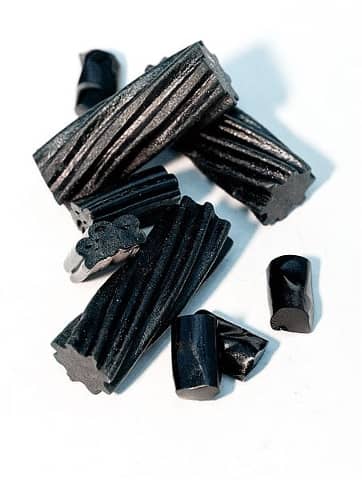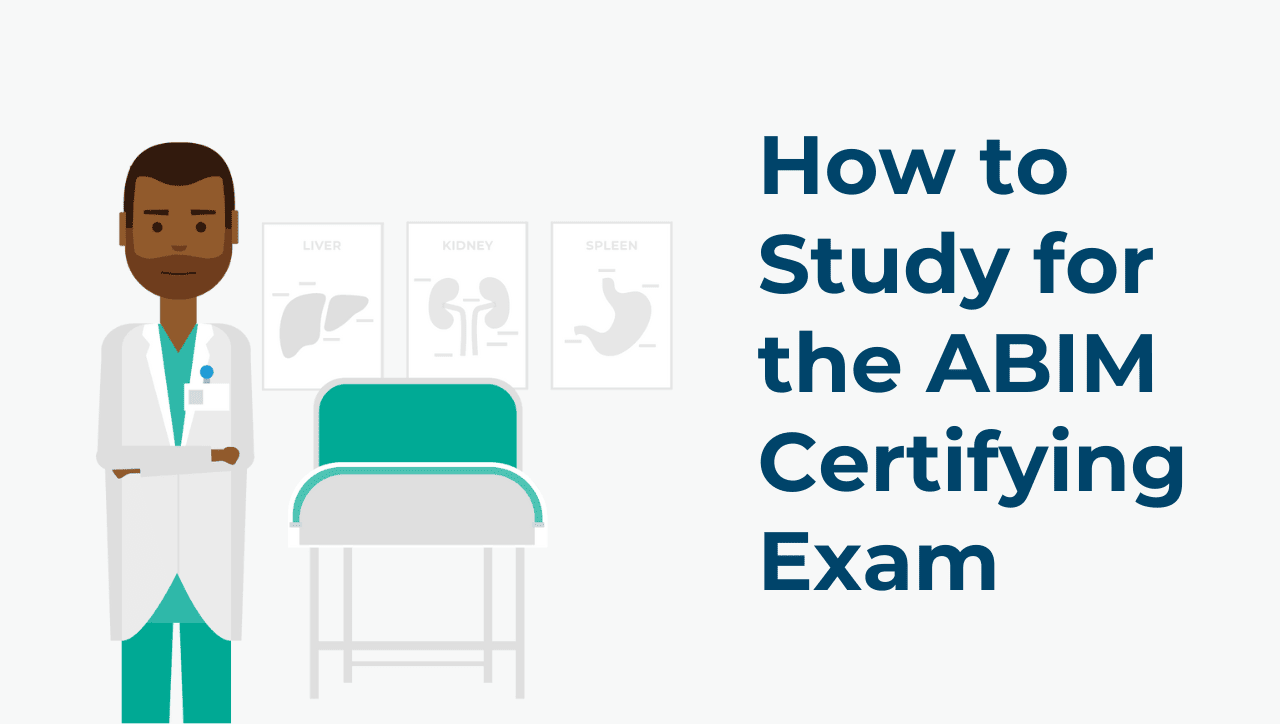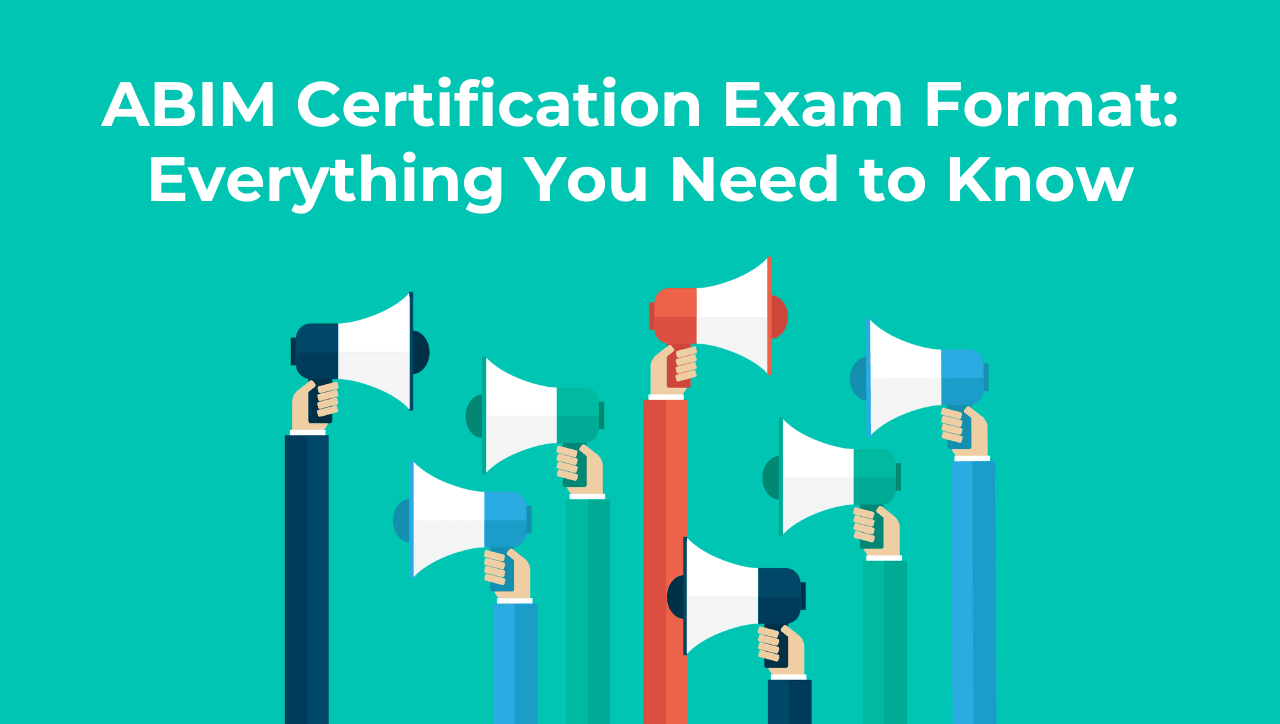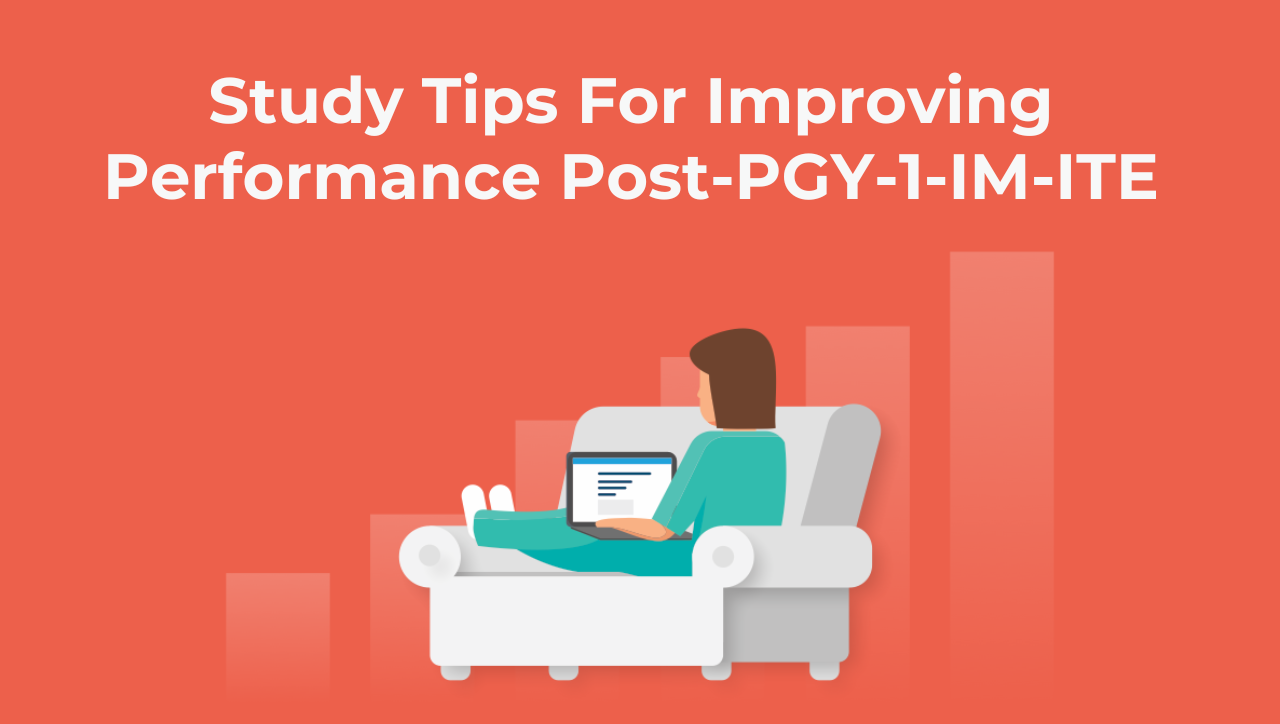Free Internal Medicine Sample Questions
See why TrueLearn is a trusted resource for thousands of medical students and residents. At TrueLearn, we understand that it’s all about the content. That’s why we have high-yield internal medicine practice questions written and screened by high-performing physician authors that are updated on a regular basis to ensure our SmartBanks stay up-to-date with exam blueprint changes. See what we mean with the below internal medicine sample question.
Your First Free Internal Medicine Sample Question
A 35-year-old man presents to the clinic with elevated blood pressure. His blood pressure had been previously normal but climbed up to 150-160/90-100 mm Hg in the past 2 months. He has been feeling irritated by his blood pressure troubles, compounded by his recent decision to quit smoking 3 months ago. He denies headaches, diarrhea, or leg cramping. He has been chewing gum constantly to satisfy his oral cravings for cigarettes and found a licorice-flavored brand that he enjoys best. He is feeling well otherwise. He takes no medications and drinks 1 to 2 beers a week.
Blood pressure on exam is 154/96 mm Hg in the right arm and 150/92 mm Hg in the left arm. Physical exam is remarkable for a well-developed male of normal body habitus in no acute distress. No papilledema is observed, and no abdominal or renal bruits are appreciated. He chews gum throughout the entire visit.
Laboratory studies are shown.
| Parameter | Patient Value | Reference Range |
| Sodium (mEq/L) | 147 | 135 – 145 |
| Potassium (mEq/L) | 3.0 | 3.5 – 5.5 |
| Serum bicarbonate (mEq/L) | 30 | 23 – 30 |
| Plasma aldosterone (ng/dL) | 0.5 | ≤10 |
| Plasma renin, supine (ng/mL/hr) | Undetectable | 0.3-2.5 |
Which of the following is the most appropriate next step in management?
- A. Ask the patient to abstain from the licorice-flavored gum
- B. Check his adrenocorticotropic hormone level
- C. Perform an oral salt load
- D. Perform genetic testing for 11-beta-hydroxylsteroid dehydrogenase type 2 gene mutations
- E. Send the patient for a computed tomography scan of the abdomen and pelvis
Answer and Explanation
The correct answer is: A
Hyperaldosteronism is suspected in patients with hypertension accompanied by hypernatremia, hypokalemia, and metabolic alkalosis. The diagnosis lies in the amount of aldosterone and renin present. In primary hyperaldosteronism, aldosterone is elevated and the plasma aldosterone concentration (PAC) to plasma renin concentration (PRC) ratio is greater than 20 to 30. In secondary hyperaldosteronism, aldosterone is elevated, but the PAC:PRC ratio is < 20 because the renin is elevated in relation. There are syndromes that mimic hyperaldosteronism but are characterized by low aldosterone levels because there is a nonmineralocorticoid excess. Chronic licorice ingestion fits into this category.

In order to understand how licorice can cause a syndrome similar to hyperaldosteronism, it is necessary to review the enzymes involved in this process. In normal adrenal physiology, there is an excess of cortisol in comparison to aldosterone (100:1), but both hormones bind renal mineralocorticoid receptors with equal affinity. To avoid excess mineralocorticoid effects, the enzyme 11-beta-hydroxylsteroid dehydrogenase type 2 (11-B-HSD2) inactivates cortisol via conversion to cortisone. This enzyme, however, is competitively inhibited, and its gene expression is decreased in the setting of chronic black licorice ingestion. Black licorice is derived from the root of Glycyrrhiza glabra and contains glycyrrhetinic acid, the compound responsible for inactivating 11-B-HSD2. Licorice-like products (eg, flavored chewing gum or chewing tobacco) contain carbenoxolone, another compound capable of inhibiting 11-B-HSD2. This leads to normal cortisol levels with net increase in mineralocorticoid activity. Chronic ingestion of licorice in small amounts (50 g/d) can cause elevated blood pressure within 2 weeks.
The treatment involves cessation of licorice (or licorice-like product) intake. Some patients may need potassium-sparing diuretics or potassium supplements for the first week while the effects of licorice wear off. Abnormal function of 11-B-HSD2 is also present in apparent mineralocorticoid excess (AME), an autosomal recessive condition associated with failure to thrive and severe hypertension in children, in addition to pseudo-hyperaldosteronism; the ratio of urinary cortisol to urinary cortisone is used to confirm the diagnosis, and it will be greater than 5 to 18 (normal is 0.3-0.5). In chronic licorice consumption, however, the ratio will be slightly elevated (around 1) to differentiate it from AME.
Incorrect Answer Explanations
Answer B: Ectopic adrenocorticotropic hormone (ACTH) can cause pseudo-hyperaldosteronism secondary to non-mineralocorticoid excess by increasing cortisol levels. However, this patient does not have features associated with Cushing syndrome that would indicate the need to quantify ACTH.
Answer C: In a patient with primary hyperaldosteronism, the confirmation test is an oral salt load. However, this patient has low aldosterone because of his pseudo-hyperaldosteronism secondary to non-mineralocorticoid excess.
Answer D: Apparent mineralocorticoid excess (AME) is a genetic disorder associated with the absence of 11-beta-hydroxylsteroid dehydrogenase type 2 (11-B-HSD2), leading to clinical symptoms and lab values associated with pseudo-hyperaldosteronism from non-mineralocorticoid excess. However, this disorder usually presents early in life with failure to thrive and severe hypertension. In addition, this patient’s licorice consumption should be curtailed prior to further workup for this syndrome.
Answer E: Once you confirm primary hyperaldosteronism, you send the patient for a CT of the abdomen and pelvis to look for adrenal adenoma or carcinoma. This clinical scenario is indicative of non-mineralocorticoid excess, not primary hyperaldosteronism.
Bottom Line
Ingestion of black licorice or licorice-containing products can cause pseudo-hyperaldosteronism characterized by hypertension, hypernatremia, hypokalemia, and metabolic alkalosis with low aldosterone and renin levels due to non-mineralocorticoid excess involving decreased inactivation of cortisol to cortisone through competitive inhibition of 11-B-HSD2 by glycyrrhetinic acid.
For more information, see:
- “Apparent mineralocorticoid excess syndromes (including chronic licorice ingestion).” On UpToDate.
- Seifter JF. “Potassium disorders.” Goldman-Cecil Medicine. 26th ed. Philadelphia: Saunders, 2020. 724-731. Print.
- Image obtained from Wikimedia Commons. Used with permission.
Get More Free Internal Medicine Questions
Ready for more practice questions? Sign up for a free trial of TrueLearn’s SmartBank.


